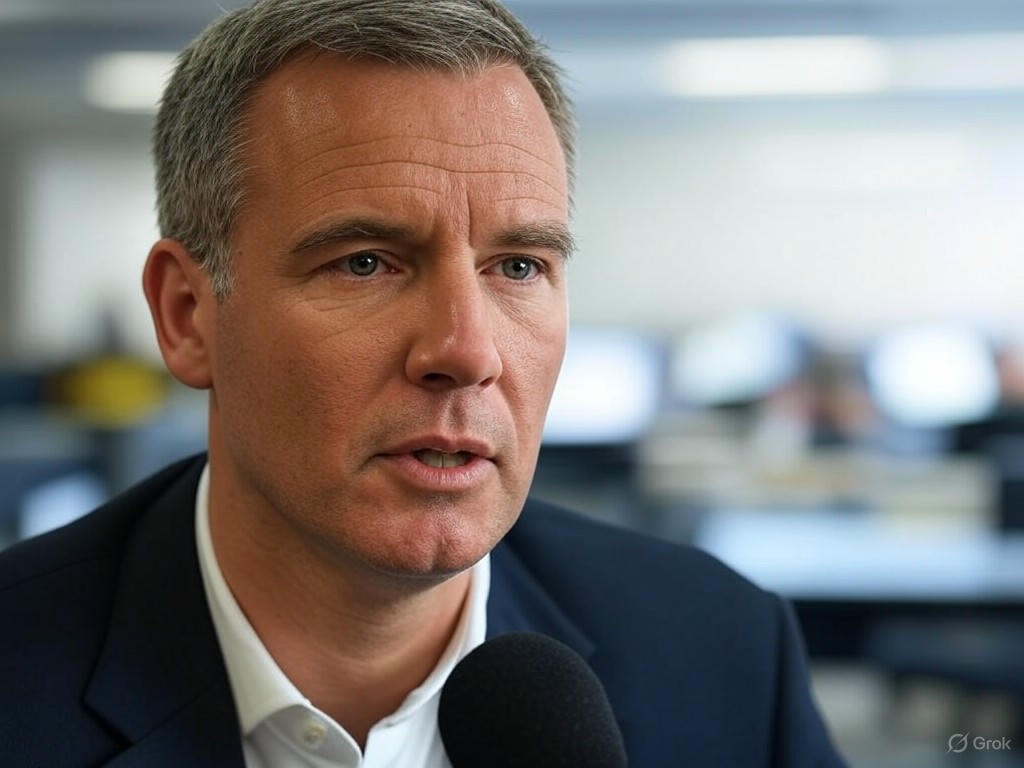Rising Inflation on the Horizon: Trump Tariffs to Fuel Price Pressures
As the economic landscape braces for change, recent projections suggest that the Consumer Price Index (CPI) inflation rate is poised for an uptick in the coming months. Analysts are sounding the alarm over a potential spike as early as May, with even more significant impacts expected in June and July. The primary driver behind this anticipated surge? The looming specter of tariffs reintroduced under the Trump administration, which could reshape pricing dynamics across multiple sectors.
The CPI, a critical measure of the cost of goods and services, serves as a barometer for inflation and directly influences consumer purchasing power. A rise in this index often signals higher costs for everyday items, from groceries to gasoline. While May’s numbers are expected to show a modest increase, the real concern lies in the summer months. Economists predict that the reimposition of tariffs on imported goods, a hallmark of Trump’s trade policies, will ripple through supply chains, driving up costs for businesses and, ultimately, consumers. Industries reliant on foreign materials—such as manufacturing, technology, and retail—could face steep price hikes, passing the burden onto the public.
Tariffs, designed to protect domestic industries by taxing imported goods, often have a double-edged effect. While they may bolster local production, they can also inflate prices for imported products and raw materials. With the U.S. economy already navigating post-pandemic recovery challenges, including labor shortages and supply chain bottlenecks, the added pressure of tariffs could exacerbate existing inflationary trends. Small businesses, in particular, may struggle to absorb these costs, potentially leading to reduced profit margins or higher prices on store shelves. Meanwhile, larger corporations might leverage their scale to mitigate impacts, widening the competitive gap.
Beyond the immediate price concerns, there’s a broader implication for monetary policy. The Federal Reserve, tasked with maintaining economic stability, often responds to rising inflation by adjusting interest rates. A sustained increase in CPI could prompt tighter monetary measures, such as rate hikes, which would impact borrowing costs for businesses and consumers alike. This, in turn, could cool economic growth, a delicate balancing act for policymakers in an already uncertain climate.
As the tariff rollout looms closer, stakeholders across the board—from business owners to everyday shoppers—are watching closely. While the full scope of the impact remains to be seen, early indicators suggest that preparation is key. Companies may need to explore alternative suppliers or renegotiate contracts to cushion the blow, while consumers might brace for tighter budgets. The coming months will test the resilience of the U.S. economy, revealing whether it can weather this latest storm of inflationary pressures. For now, all eyes are on the CPI data releases, which will offer critical insights into just how deeply these tariffs will cut into the nation’s financial fabric.


